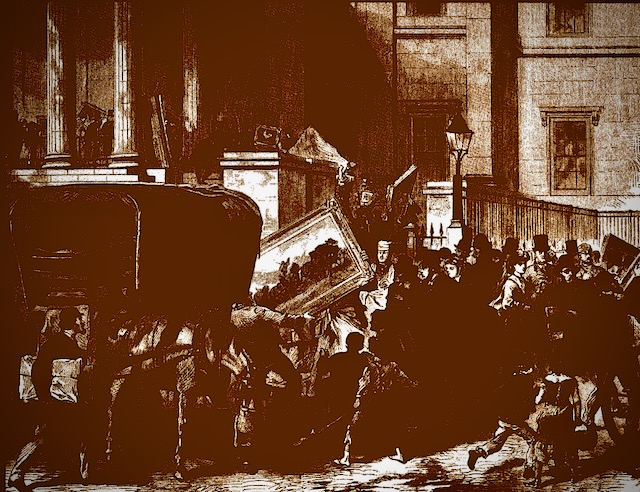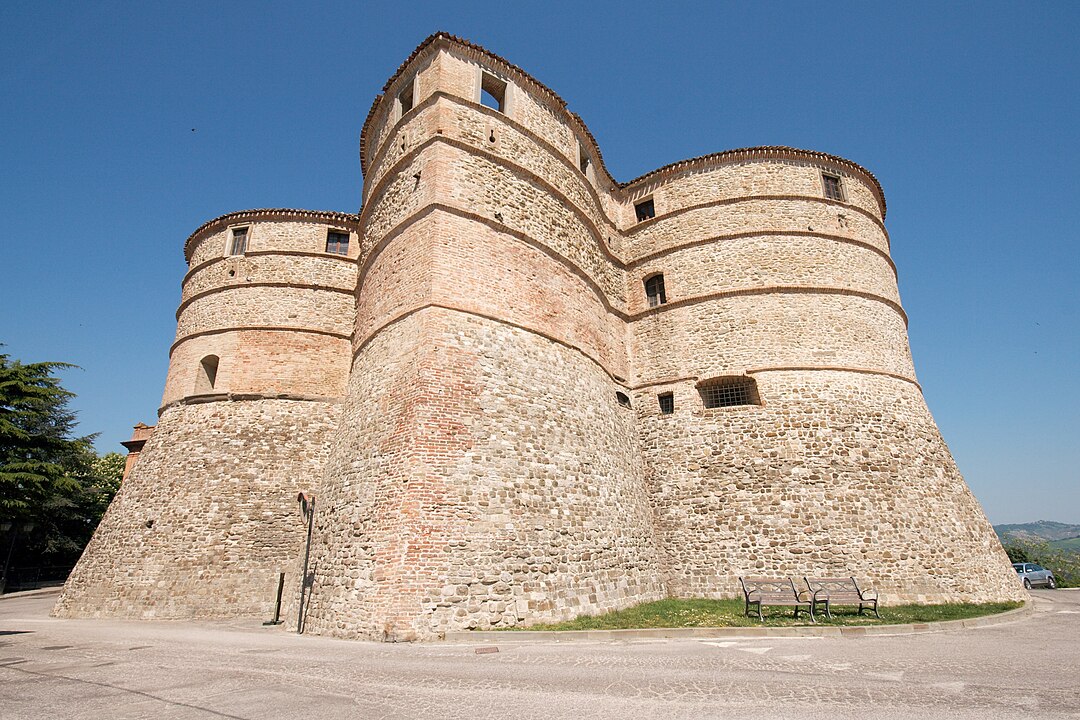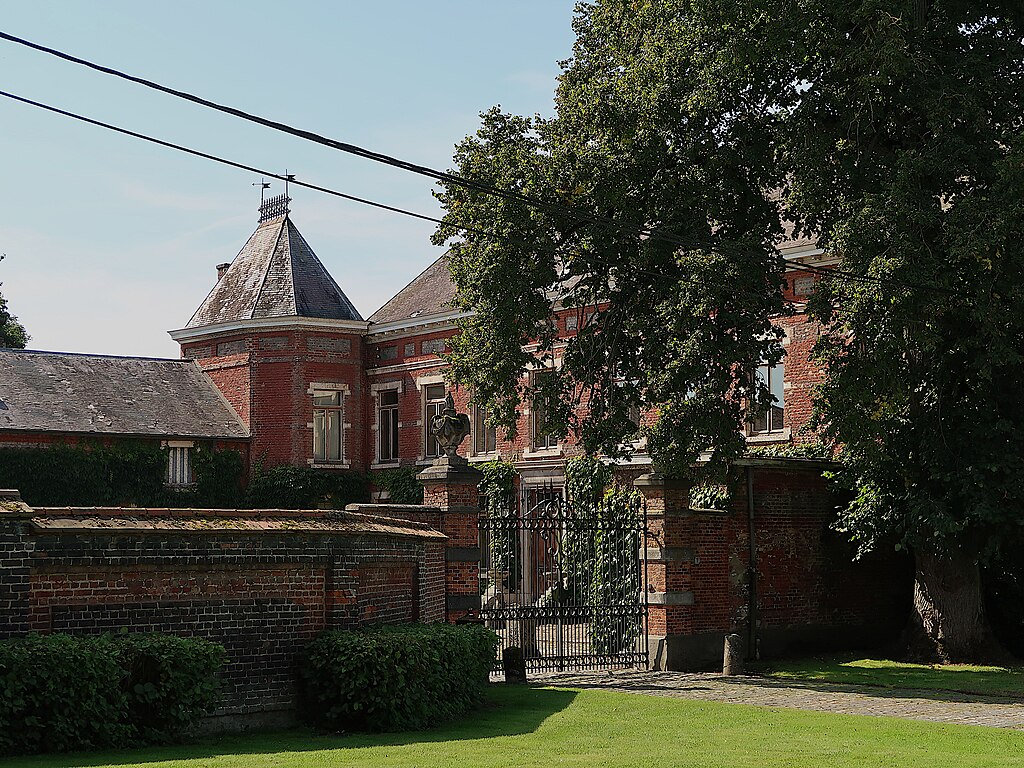Historic Timber Doors: The IFE Guide to Fire Resistance
The safest place for a heritage door is in its original setting
In historic building restoration projects, the role of doors in fire safety assessments is one of the many relevant problems. On the one hand, doors are fundamental elements in defining the building, its image and its functionality. On the other hand, in fire safety a door can be important if it constitutes part of the compartmentation works and must normally have requirements to guarantee the safe egress of people.
For these reasons, the dilemma often arises as to what to do with doors that have a historical, if not also artistic, value, but which do not, if not only partially, comply with the requirements that the various regulations on the subject provide for the closing elements placed in activities subject to fire risk.

In cases where the assessments do not allow an immediate choice, the Institution of Fire Engineers (IFE) Guide to the Fire Resistance of Historic Timber Panel Doors of July 2021 may be useful, which addresses the issue in a decidedly in-depth manner. According the Guide, edited by the Special Interest Group for Heritage Buildings, preserving heritage doors in their original settings is the most secure approach. Transporting them to storage and substituting them with modern replicas doesn’t ensure their safety in the future, especially when the purpose for storage is forgotten.
As said before, fire and smoke-resistant doorsets play a crucial role in ensuring safety. Smoke, being more hazardous than fire itself, can cause injury and death by asphyxiation, loss of visibility, and the presence of flammable gases.
Moreover, it poses a threat to artifacts and building fabric away from the fire’s origin. Doors may require modification to facilitate safe escape of occupants and protect property from fire and smoke by maximizing the time available for safe escape and containment of fire and smoke within the room of origin or fire compartments .
Keep escape route clear
In historic buildings, the presence of old materials and structures can make the building more vulnerable to fires and other hazards. It is therefore crucial that escape routes are kept free from obstacles, in order to provide a safe and rapid escape route, especially in a context where rescue operations may be more complex due to the historic characteristics of the building. So, keeping escape routes clear of smoke is vital. These routes and staircase enclosures should be free of combustibles and ignition sources to prevent the spread of fire and smoke from adjacent rooms. In any case, doors opening onto dead-end escape routes and protected staircases should have a degree of fire and smoke resistance.
The importance of compartmentation
For the same reasons mentioned above, since historic buildings are often rich in cultural assets, works of art, decorations and materials of historical and architectural value, a fire could irreparably damage these elements. Therefore, protection through fire compartments helps to limit the spread of fire and contain damage to individual sections of the building. In this way, the possibility of recovering or protecting the most valuable works is increased, since compartmentation is effective in limiting the rapid spread of fire. Subdividing the building into fire-resisting compartments restricts fire and smoke, minimizing damage to the structure and contents, particularly collections. It also aids the fire service by reducing the size of the fire they need to tackle and preventing the spread of fire between different groups in multi-occupied buildings.
The process for determining the upgrading of the doors
In this context, the document aims to provide clarity on the decision-making process for determining the necessity of changes, the extent of upgrades to a door, and potential actions to accommodate various perspectives, including those of enforcement authorities. While the upgrading section specifically addresses single swing panel doors, the rest of the document is applicable to other types of doors.
As the IFE is a British institution, the methodologies used to assess fire resistance performance rely on the British Standard 476: Part 22 and BS EN 1634-1 and 2. These standards establish the test conditions and criteria for evaluating the fire resistance of timber doorsets. The outcomes are subsequently articulated in terms of integrity, primarily focused on preventing the passage of hot gases and flames, and insulation, which aims to prevent an excessive temperature rise on the non-risk side.
The document is divided into four chapters (Introduction, Factors affecting the performance of fire doors, Upgrading of fire doors and Design and use of the matrix) and is accompanied by four appendices: Recommendations from Trenton Fire Engineering Report 2011, Assessment of Fire Loads and Severity in Heritage Buildings – September 2011 Simon Vickers, Testing of effect of room size on fire growth, Comparison of matrix examples.
On 2022, SINTEF (Stiftelsen forindustriall og teknisk forskning, “The Foundation for technical and industrial research”) in collaboration with RISE Fire Research and NIKU (Norsk institutt for kulturminneforskning), published about the upgrade of culturale heritage doors the guideline “Fire Resistance Upgrade of Cultural Heritage Doors“







